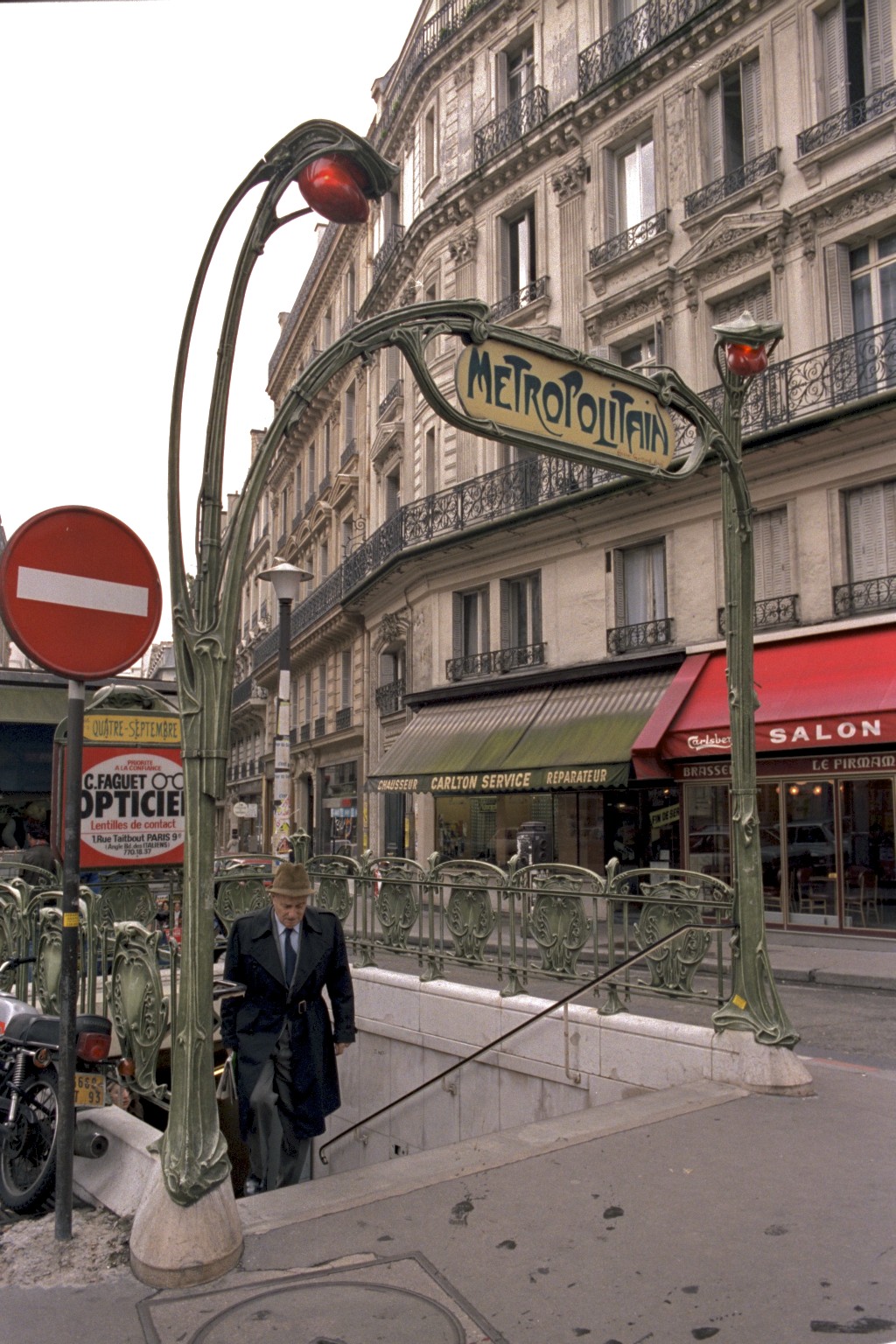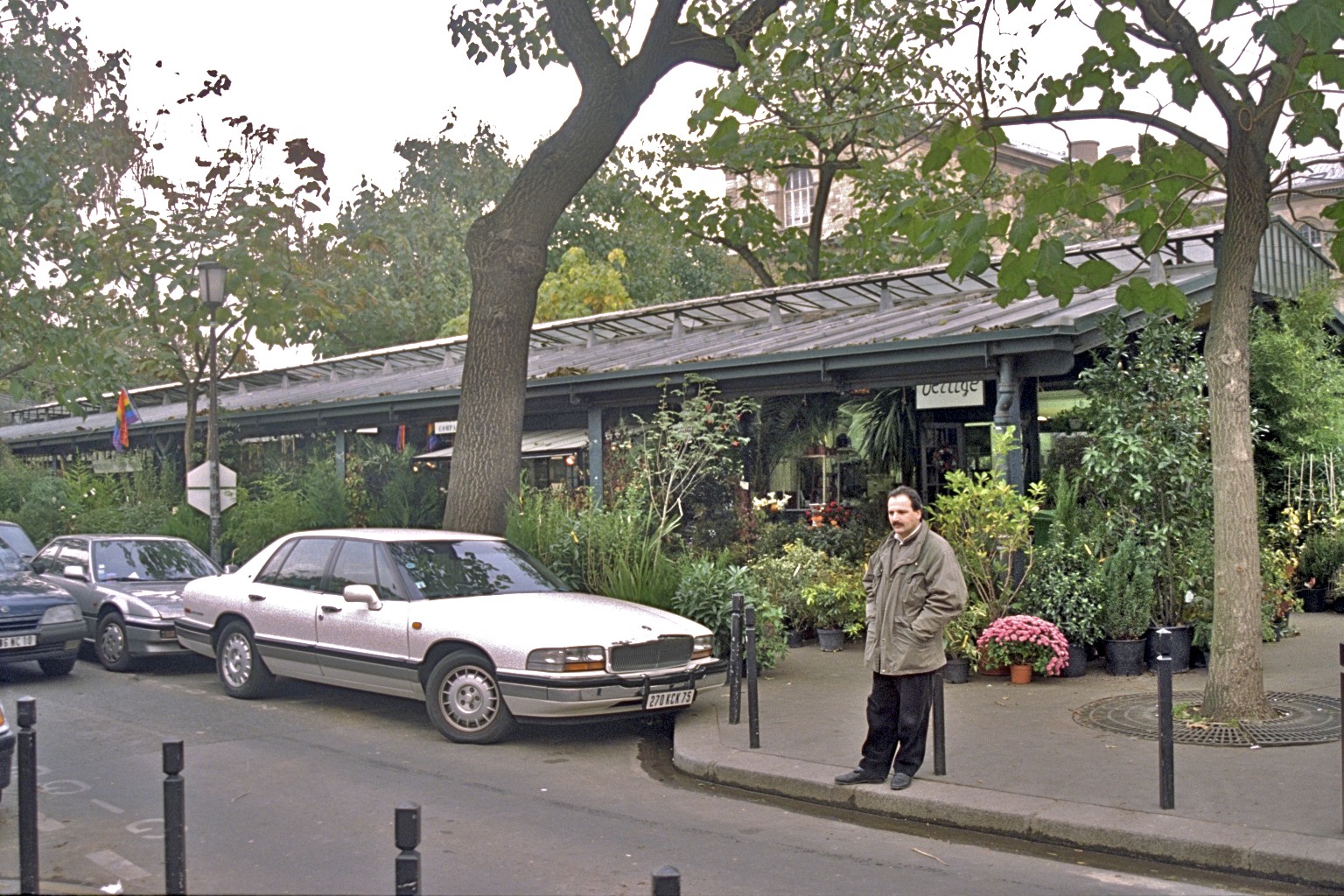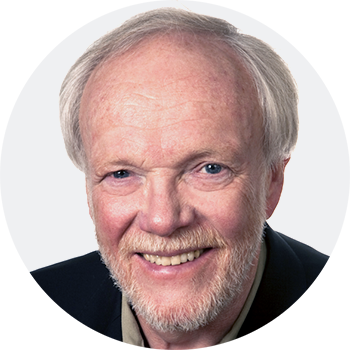Ile de la Cité
We leave the church and enter the square in front of it, Place de Parvis.
The centre of Paris and of France. All distances in France are measured from Place de Parvis. Here the city was founded 200-250 B.C. by the Parisii, a Celtic tribe of fishermen and sailors. For a long time, during the four first centuries A.D. it was a stronghold of the Romans who built their barracks on the Left bank.
In 508 it became the capital of Klodwig, king of the Franks, and has since then been the capital of France. In the Middle Ages the city itself spread to the mainland banks. Later Charles V moved court over to the Louvre palace. Left behind was the parliament and later the city court.
It is fitting that a museum of the prehistory of the city has been set up under the square after extensive excavations had been made there. In the museum we can see the past in its original place. The remains are from Celtic and Roman times and some from the Middle Ages. This is a delightful museum.
Place Louis-Lépine
We cross the square and turn right into Place Louis-Lépine.

Art Noveau Metro sign
The venue of the main flower market of central Paris, held in Place Louis-Lépine and Quai de la Corse, a stone’s throw from Notre-Dame. On Sunday this market changes into a pet bird market, popular both with local people and travellers.
We can inspect the flowers, or the birds, if we happen on a Sunday. From the square we can descend through one of the famous Art Nouveau gates of wrought iron to the Paris metro.
Metro Art Nouveau
We take a look at the metro entrance.
Many entrances to metro stations are from the lively years around 1900, the Belle Époque, when Art Noveau swept through Europe from Paris. Hector Guimard designed the entrances which are built of wrought iron. One of them is here on the square.


